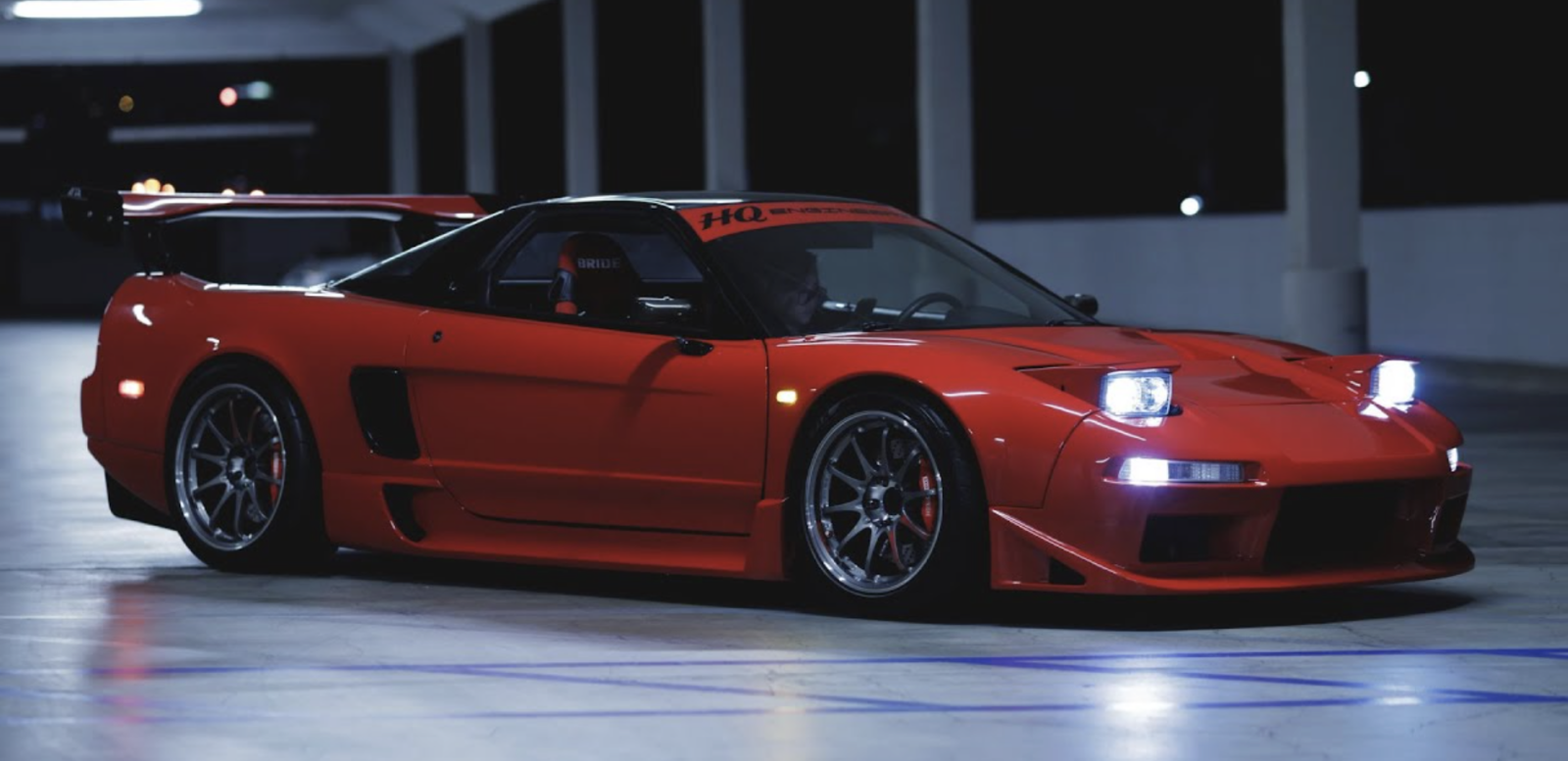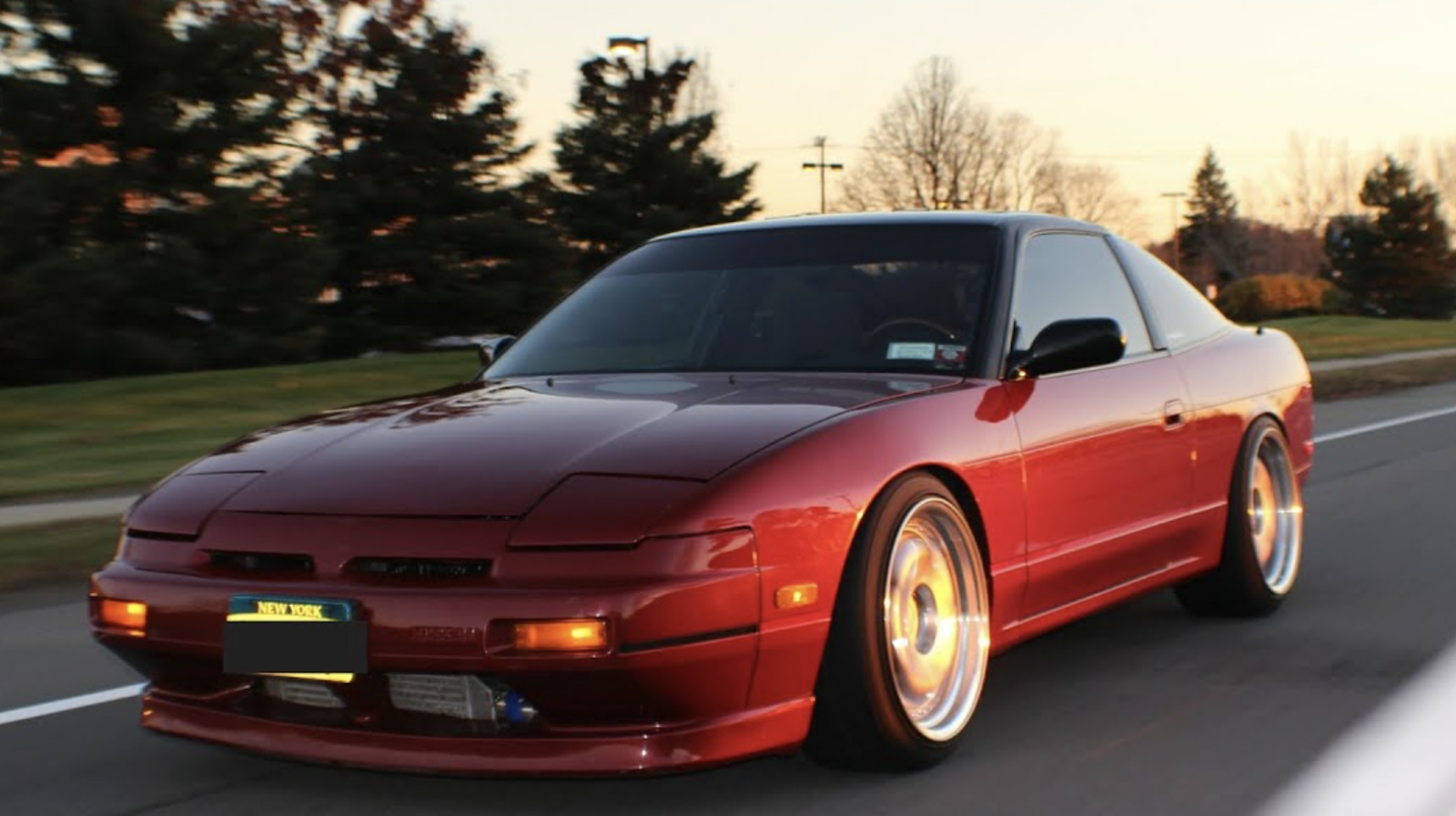Automotive design has always been a harmonious blend of form and function. Few features exemplify this harmony quite like pop-up headlights, which enjoyed a few decades of prominence in car design. While they’ve since become a relic of a bygone era, to understand the allure and technical reasons behind their use, we dive into some iconic models, starting with the illustrious Lamborghini Countach and extending to other notable vehicles.
Lamborghini Countach

At the heart of the supercar revolution, the Countach wasn’t just about speed; it was about making a statement. One of its most distinctive features was its pop-up headlights. Designed by Marcello Gandini from Bertone, the Countach was as much an artwork as it was an engineering marvel, with every design element, including the headlights, serving a functional and aesthetic purpose.
Mazda MX-5 Miata

The MX-5 Miata is often hailed for its driving purity and straightforward design. Pop-up headlights weren’t just an aesthetic choice but were part of the car’s overall philosophy of combining simplicity with effective functionality. Remarkably, this design choice resonated well with enthusiasts who saw the Miata as a nod to classic roadsters, where form beautifully complemented function.
Toyota MR2

Toyota’s mid-engine sports car, the MR2, was all about delivering an engaging driving experience. Its pop-up headlights not only contributed to a streamlined design but also hinted at the car’s sporty intentions. Often praised for its agile handling and balance, the Toyota MR2‘s design elements, including its iconic headlights, mirrored its dynamic capabilities on the road.
Chevrolet Corvette (C4)

The C4 Corvette was a significant shift from its predecessors in terms of design and engineering. The pop-up headlights not only became a part of its identity but also showcased GM’s emphasis on aerodynamics during that period. With the C4, Chevrolet made it evident that tradition could gracefully coexist with innovation, and the headlights became a symbol of that balance.
Lotus Esprit

The Esprit, with its sharp lines and low stance, was the epitome of British sports car design. The pop-up headlights complemented its wedge shape, allowing for better airflow over the car’s body while preserving its striking aesthetic. With the Esprit, Lotus showcased its knack for crafting vehicles that were as performance-oriented as they were visually captivating.
Honda NSX (first generation)

Honda’s foray into the supercar world brought forth the NSX. Its pop-up headlights didn’t just make a design statement but exemplified Honda’s approach to integrating style with aerodynamic efficiency. As a testament to Honda’s engineering prowess, the NSX, with the inclusion of pop-up headlights, balanced elegance with performance cues that captured the attention of enthusiasts globally.
Ferrari 308 GTB/GTS

In the realm of iconic car designs, the Ferrari 308 stands tall. The pop-up headlights were integral to its identity, merging seamlessly with the car’s aggressive yet refined front fascia. As a Ferrari, it not only embodied Italian flair but also demonstrated how design elements like pop-up headlights could seamlessly fuse with a car’s performance philosophy.
Nissan 240SX (S13)

Popular among enthusiasts, especially in the tuning world, the S13’s pop-up headlights gave it a unique character. They were less about grandeur and more about Nissan’s commitment to crafting a distinct identity. The 240SX, particularly the S13 variant, showcased how pop-up headlights could be incorporated into a design that catered to both daily driving and motorsport applications.
Dodge Stealth

Sharing its DNA with the Mitsubishi 3000GT, the Stealth, with its pop-up headlights, was a testament to the 90s automotive design ethos, where style met aerodynamic needs without compromise. The Stealth’s design, inclusive of the headlights, echoed a period where automakers were exploring bold design statements while retaining an eye on performance.
Pontiac Firebird (third generation)

This American muscle car embraced pop-up headlights, further accentuating its bold and aggressive appearance. It wasn’t just about looks; the design served the dual purpose of style and aerodynamic efficiency. As a symbol of American automotive might in the ’80s, the third-gen Firebird illustrated how iconic design elements could bolster a vehicle’s presence on the road and in popular culture.
Conclusion
Pop-up headlights, while no longer a staple in modern car designs, encapsulate a special era in automotive history. Their existence on models like the Lamborghini Countach to the Mazda MX-5 Miata underlines their universal appeal and purpose. These headlights are a nod to a time when designers and engineers collaborated to merge style, aerodynamics, and functionality in the most harmonious ways possible.


